The Zen monk Ryokan has become one of the most popular poets in Japanese history. Living in a small mountain hut rather than a temple, and preferring to play with children to ceremonies, he captured his warm humanity, gentle humor, and deep spirit in his poetry. This fine new translation by Kazuaki Tanahashi includes a generous serving of his poetry in Japanese and Chinese styles, as well as a biography, analysis of his poetry, and charming anecdotes about his life. It is easy to see why Ryokan has become so beloved, not only in Japan, but in the rest of the world as well. Stephen Addiss, author of The Art of Zen and The Art of Haiku The Great Fool Ryokan is one of the most revered figures in Japanese poetry, and in Kaz Tanahashi, he has found as perfect an advocate-translator as could be imagined. In this translation, we find an insightful introduction and poem after poem revealing Ryokans great good humor, his aloneness, his eccentricities, his poverty in a small hut in the mountains, his Buddhist insightfulness, his love of children and silk-thread balls, and, eventually, his love for a much younger woman.
This is a marvelous achievement and a joy to read. Sam Hamill, author of Almost Paradise ABOUT THE BOOK Ryokan (17581831) is, along with Dogen and Hakuin, one of the three giants of Zen in Japan. But unlike his two renowned colleagues, Ryokan was a societal dropout, living mostly as a hermit and a beggar. He was never head of a monastery or temple. He liked playing with children. He had no dharma heir.
Even so, people recognized the depth of his realization, and he was sought out by people of all walks of life for the teaching to be experienced in just being around him. His poetry and art were wildly popular even in his lifetime. He is now regarded as one of the greatest poets of the Edo Period, along with Basho, Buson, and Issa. He was also a master artist-calligrapher with a very distinctive style, due mostly to his unique and irrepressible spirit, but also because he was so poor he didnt usually have materials: his distinctive thin line was due to the fact that he often used twigs rather than the brushes he couldnt afford. He was said to practice his brushwork with his fingers in the air when he didnt have any paper. There are hilarious stories about how people tried to trick him into doing art for them, and about how he frustrated their attempts.
As an old man, he fell in love with a young Zen nun who also became his student. His affection for her colors the mature poems of his late period. This collection contains more than 140 of Ryokans poems, with selections of his art, and of the very funny anecdotes about him. KAZUAKI TANAHASHI, a Japanese-trained calligrapher, is the pioneer of the genre of "one stroke painting" as well as the creator of multicolor enso (Zen circles). His brushwork has been shown in solo exhibitions in galleries, museums, and universities all over the world. Tanahashi has edited several books of Dogen's writings and is also the author of Brush Mind.
Sign up to learn more about our books and receive special offers from Shambhala Publications.  Or visit us online to sign up at shambhala.com/eshambhala. SKY ABOVE, GREAT WIND The Life and Poetry of Zen Master Ryokan K AZUAKI T ANAHASHI
Or visit us online to sign up at shambhala.com/eshambhala. SKY ABOVE, GREAT WIND The Life and Poetry of Zen Master Ryokan K AZUAKI T ANAHASHI  S HAMBHALA Boston & London 2012 Shambhala Publications, Inc. Horticultural Hall 300 Massachusetts Avenue Boston, Massachusetts 02115 www.shambhala.com 2012 by Kazuaki Tanahashi Cover art by Kazuaki Tanahashi All rights reserved. No part of this book may be reproduced in any form or by any means, electronic or mechanical, including photocopying, recording, or by any information storage and retrieval system, without permission in writing from the publisher. p. cm. eISBN 978-0-8348-2816-2 ISBN 978-1-59030-982-7 (pbk.) 1. eISBN 978-0-8348-2816-2 ISBN 978-1-59030-982-7 (pbk.) 1.
S HAMBHALA Boston & London 2012 Shambhala Publications, Inc. Horticultural Hall 300 Massachusetts Avenue Boston, Massachusetts 02115 www.shambhala.com 2012 by Kazuaki Tanahashi Cover art by Kazuaki Tanahashi All rights reserved. No part of this book may be reproduced in any form or by any means, electronic or mechanical, including photocopying, recording, or by any information storage and retrieval system, without permission in writing from the publisher. p. cm. eISBN 978-0-8348-2816-2 ISBN 978-1-59030-982-7 (pbk.) 1. eISBN 978-0-8348-2816-2 ISBN 978-1-59030-982-7 (pbk.) 1.
Ryokan, 17581831. 2. Poets, JapaneseEdo period, 16001868Biography. 3. Zen priestsJapanBiography. Title. Title.
PL797.6.Z5T3255 2012 895.6134dc23 2012005551 To Joan Halifax Roshi, my luminous companion in dharma Contents Ryokan (17581831) was a pilgrim, a hermit, and a beggar. He was one of the numberless spiritual practitioners who gave up secular life to practice humility in search of the highest truth. He was free from family, social obligations, possessions, good looks, status, and fame. After completing rigorous training in a monastery for ten years, he disassociated himself from religious institutions. Enduring harsh weather, extreme poverty, sickness, and ridicule by others, Ryokan sustained his solitary Zen Buddhist practice in good humor. He composed poems that were lofty yet imaginative and fresh, presented in gracefully dancing brushstrokes.
He was a rare dharma practitioner who could express many shades of emotion simply and fully. The poetic exchange of love with the young nun Teishin in his final years was of celestial poignancy. His self-proclaimed laziness and stupidity disarmed many of his contemporaries as well as those in later generations. People could identify themselves with his unadorned humanity. Although he shunned the pursuit of name and profit, ironically Ryokan became famous in his locality as an eccentric Zen master. His behavior spawned innumerable anecdotes, some of which are simply hilarious.
Today he is one of the most beloved monks in Japan. I am delighted to present Ryokan in this volume with a new translation of selected poems and samples of his calligraphy. This book follows my translation of texts by Dogen and Hakuin, including Treasury of the True Dharma Eye: Zen Master Dogens Shobo Genzo and Penetrating Laughter: Hakuins Zen and Art, on which I collaborated with excellent colleagues. In my mind, Dogen, Hakuin, and Ryokan are the three greatest figures in the history of Zen Buddhism in Japan. It is not difficult to see commonalities among these monks in their search, practice, enlightenment, and teaching. On the other hand, they seem to form a triangle of extreme opposites in their expressions of enlightenment.
Dogen (12001253) was a profound thinker, an outstanding elucidator of meditation, and one of the earliest leaders of Japanese Zen Buddhism. He established detailed guidelines for monastic life centering on the practice of just sitting and is regarded as the founder of the Soto Zen School, one of the two major schools of Zen in Japan. Hakuin (16851768) was an assertive and energetic popularizer of Zen teaching. His expression was coarse, colloquial, and at times funny. He systematized training based on the use of koans, or paradoxical questions utilized to induce students to break through to realization. He is regarded as the restorer of the Rinzai Zen School, the other major school of Zen in Japan.
Unlike Dogen and Hakuin, Ryokan did not engage in the training of monks in monasteries. Instead, he practiced alone in extreme austerity without producing any dharma heir. He dropped out of society as well as the Zen community and therefore could be seen as a failure as a Zen teacher. Having no possessions may not have been the most effective way to attain freedom. It was nevertheless Ryokans way of life. Creative thinking and mystical encounters often unfold in silent solitude.
The more intricately engaged in society we are, the more we may need to be in retreat. Humility is the highest means to selflessness, clarity, and compassion. Through his utterly modest and unaffected life, Ryokan unfolds a vast realm of serenity that can inspire us all. It has been a three-year journey working on this book with Friederike Boissevain. Together we studied Ryokans Japanese and Chinese poems, while I developed my own English translation, notes, and commentary on his life and work, which have become a basis for our German version. I enjoyed every moment of our collaboration and am grateful for the generous support of her husband, Harald Schcklmann.
Next page

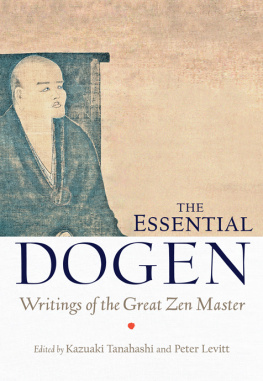


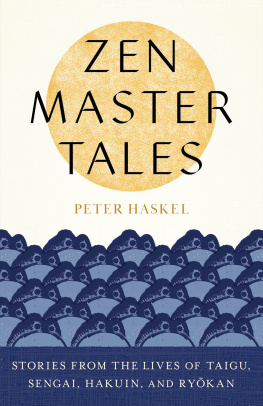
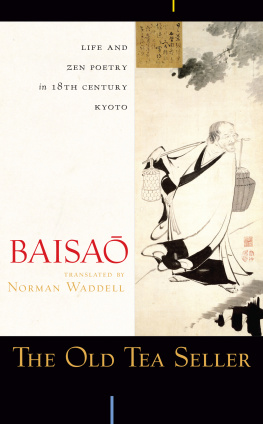
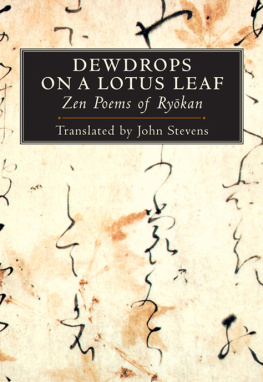
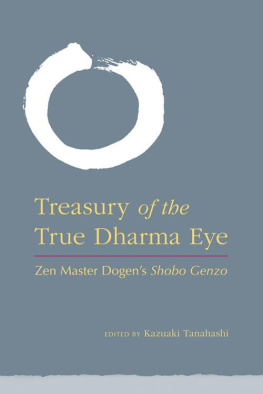
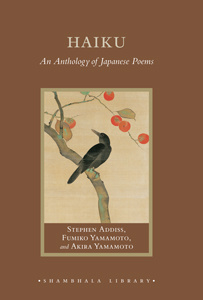
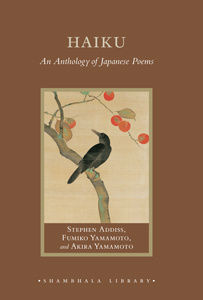
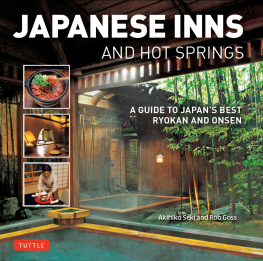
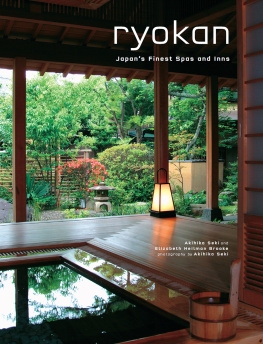
 Or visit us online to sign up at shambhala.com/eshambhala. SKY ABOVE, GREAT WIND The Life and Poetry of Zen Master Ryokan K AZUAKI T ANAHASHI
Or visit us online to sign up at shambhala.com/eshambhala. SKY ABOVE, GREAT WIND The Life and Poetry of Zen Master Ryokan K AZUAKI T ANAHASHI  S HAMBHALA Boston & London 2012 Shambhala Publications, Inc. Horticultural Hall 300 Massachusetts Avenue Boston, Massachusetts 02115 www.shambhala.com 2012 by Kazuaki Tanahashi Cover art by Kazuaki Tanahashi All rights reserved. No part of this book may be reproduced in any form or by any means, electronic or mechanical, including photocopying, recording, or by any information storage and retrieval system, without permission in writing from the publisher. p. cm. eISBN 978-0-8348-2816-2 ISBN 978-1-59030-982-7 (pbk.) 1. eISBN 978-0-8348-2816-2 ISBN 978-1-59030-982-7 (pbk.) 1.
S HAMBHALA Boston & London 2012 Shambhala Publications, Inc. Horticultural Hall 300 Massachusetts Avenue Boston, Massachusetts 02115 www.shambhala.com 2012 by Kazuaki Tanahashi Cover art by Kazuaki Tanahashi All rights reserved. No part of this book may be reproduced in any form or by any means, electronic or mechanical, including photocopying, recording, or by any information storage and retrieval system, without permission in writing from the publisher. p. cm. eISBN 978-0-8348-2816-2 ISBN 978-1-59030-982-7 (pbk.) 1. eISBN 978-0-8348-2816-2 ISBN 978-1-59030-982-7 (pbk.) 1.